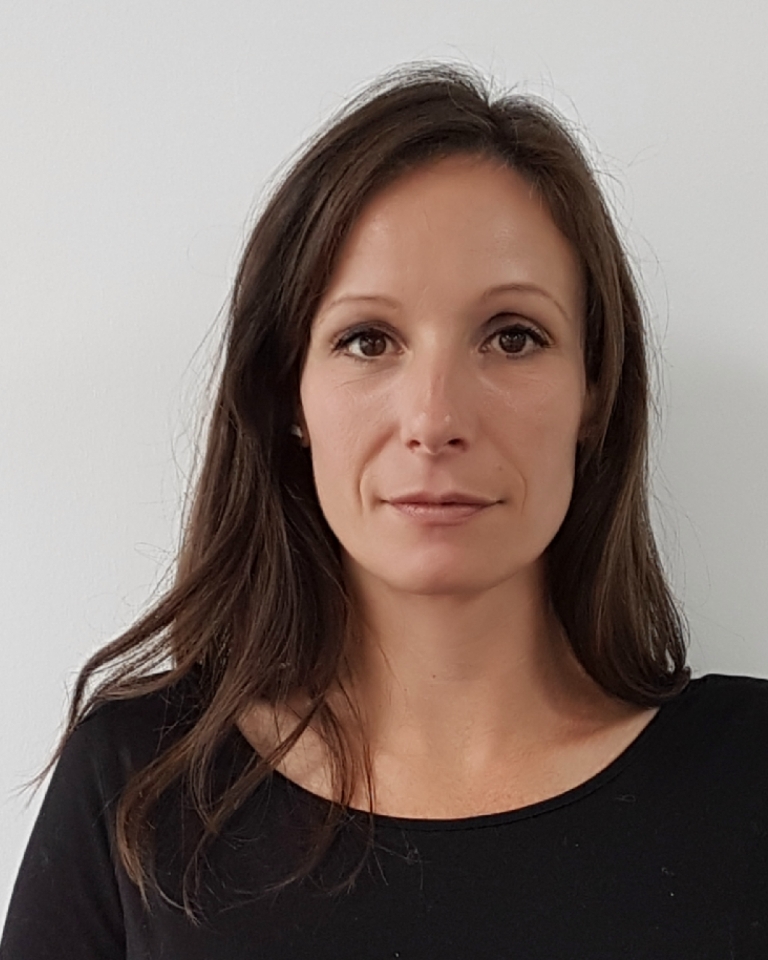Artificial Intelligence
Future Telecoms
Quantum
Future telecoms 2025 to 2026: from faster networks to thinking infrastructure
Reading time: 7 mins
UK’s first open experimentation platform for telecom networks launches in Bristol, promising to bridge the gap between research, industry, and real-world impact
The UK has no shortage of world-class telecoms research or researchers, but the challenge, as always, is how to turn ideas into products and services that matter to industry and the public sector. Back in March, Peter Kyle, Secretary of State for Science, Innovation, and Technology spoke at the techUK Conference about a need to “shift the balance of power, away from stagnation and old ideas, towards innovation and opportunity.” The only way to do this consistently in a country like the UK is through greater collaboration. And JOINER, officially launched in Bristol last month, is a good example of how this could work.
JOINER, which stands for Joint Open Infrastructure for Networks Research, aims to reshape and accelerate telecoms innovation and applications across the UK. Funded by DSIT and EPSRC and led by a consortium of 11 universities, it is the UK’s first open, national-scale platform for experimenting with advanced communication networks.
“JOINER is foundational for what’s next in UK telecoms,” said Ros Singleton, chair of the JOINER board, speaking at the University of Bristol’s Wills Memorial Building. “But this isn’t a closed system. It’s a living platform that depends on feedback, iteration and openness across sectors.”

The infrastructure underpinning JOINER spans university-led nodes and capabilities few single institutions could match. Professor Simon Saunders, visiting professor at the University of Bristol, described it as “layer zero”, the essential foundation for everything from 5G to experimental 6G systems.
With real-time spectrum monitoring gear, JOINER is building a dataset that could finally help UK researchers emulate interference-heavy environments (urban, rural, maritime, and airborne) with unprecedented fidelity.
“It’s not enough to simulate,” said Saunders. “We need full-stack, real-world scale. Only then will spectrum management models become credible.”
For Simon Fletcher of Real Wireless, the mission is equally pragmatic: make JOINER useful to industry. That means bridging architectures and use cases, and developing what he called “experimentation-as-a-service.”
“One-to-one industry engagements are fine,” he said, “but where JOINER will shine is in clustered collaboration, where sector needs align and scale emerges.”
JOINER’s experimentation framework is already shaping these conversations, allowing companies to test and validate technologies in near-operational environments without the cost and delay of standalone testbeds.
Samsung’s Dan Warren and AWS’s Robert Belson may not (yet) be JOINER members, but they talked about the platform’s potential role in the AI-native network future.
Warren warned of a coming bottleneck of fragmented data across domains and vendors undermining AI optimisation.
“The data generated by one domain must correlate with another,” he said. “That’s how we avoid AI conflict and build real optimisation.”
Belson, flying in from New York, made a transatlantic case for JOINER as a testbed for agentic network functions, embedded AI fabrics, and AWS-backed experimentation.
“Operators aren’t asking if they can build next-gen networks,” he said. “They’re asking what’s the easiest and most cost-effective way to do it.”
He also highlighted the role of JOINER in nurturing talent and experimentation through hackathons, start-up accelerators, and co-creation programmes aimed at making telecom infrastructure more accessible to the global developer and AI research communities.
For Jess Ellis of Dido Consult, the reality of developing and implementing modern communications networks into organisations and industry, especially within health and social care, is a cultural as well as a technical challenge. She talked about legacy systems, fragmented data, and under-resourced IT teams.

“Unless we get the architecture and skills right,” she said, “there will be no demand for 6G.”
Dr Abdul Wahab, a theme lead for connectivity at the Advanced Manufacturing Research Centre (AMRC), part of the University of Sheffield, painted a picture of a sector hampered by deployment delays and limited real-world data.
“Manufacturers don’t need theory,” he said. “They need performance data in real conditions.”

Freyja Lockwood, Digital Innovation & Transformation Programme Manager at the West of England Combined Authority (WECA), urged the telecom community and JOINER to also help local government deliver better services, drive inclusion, and shape future digital policy.
“In local government and healthcare and transport, we’re not thinking about the nuts and bolts of the technology,” she said. “What we’re thinking about is public value. How it’s going to improve sustainability, unlock growth, and deliver better services.”
Fundamentally, this is where JOINER sits – a collaborative platform for testing technologies and for ensuring compatibility and scale across industry and public services. As Dan Warren at Samsung said; “JOINER gives us a national-scale opportunity to try things out in conditions that matter, but we need shared formats and industry involvement from day one.”
The panel made one point especially clear. Advanced connectivity will not scale unless the foundational layers of integration, skills and cross-sector alignment are addressed. JOINER has a unique opportunity to convene these layers.
So what’s the plan? Calls for challenge-led hackathons, validated test profiles, cross-sector pilots and shared data standards all point to a busy year ahead.
Among the most actionable suggestions:
But perhaps Ros Singleton said it best. “Today might feel like a wedding, but the real work is in the relationships we build from here,” she said.
And that’s the promise JOINER must keep. To remain open, responsive, and genuinely national in its ambition.

Working as a technology journalist and writer since 1989, Marc has written for a wide range of titles on technology, business, education, politics and sustainability, with work appearing in The Guardian, The Register, New Statesman, Computer Weekly and many more.
Quantum
Reading time: 10 mins
Quantum
Reading time: 10 mins
Quantum
Reading time: 11 mins
Robotics
Reading time: 1 mins
Quantum
Reading time: 3 mins